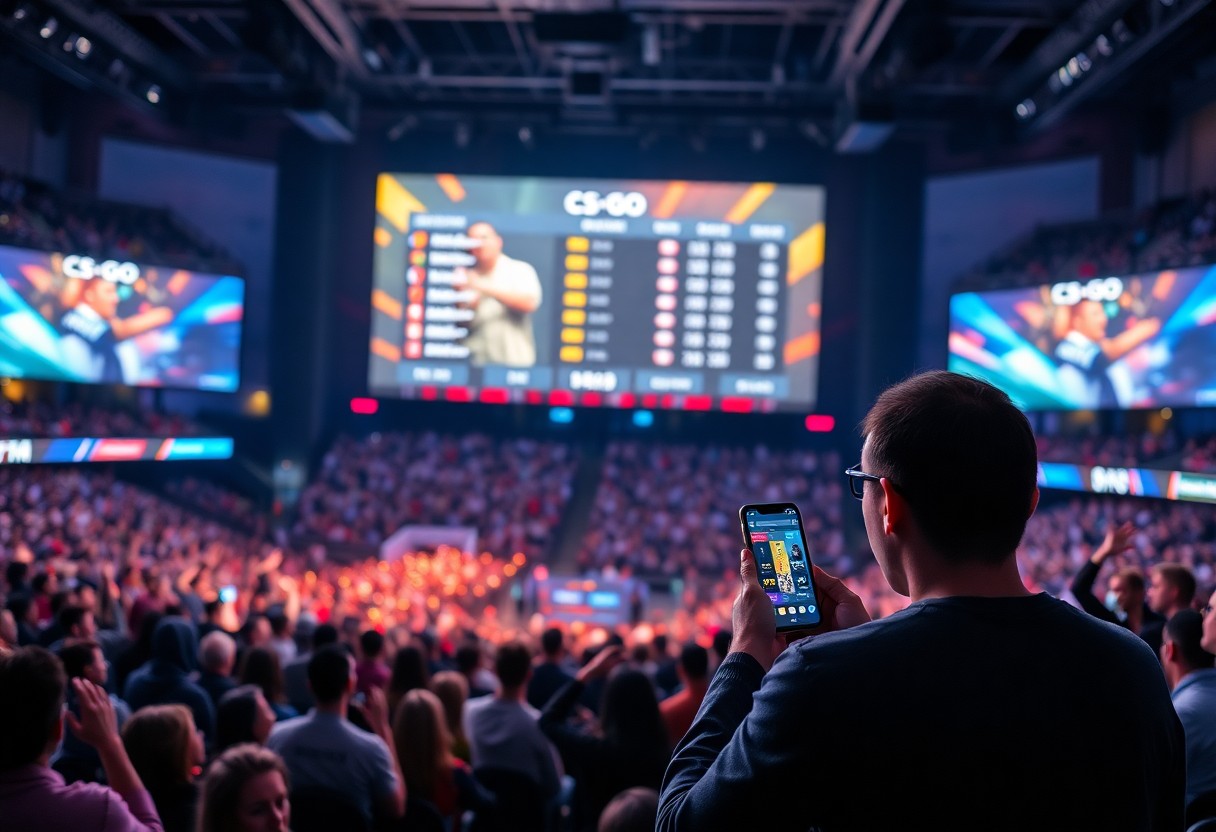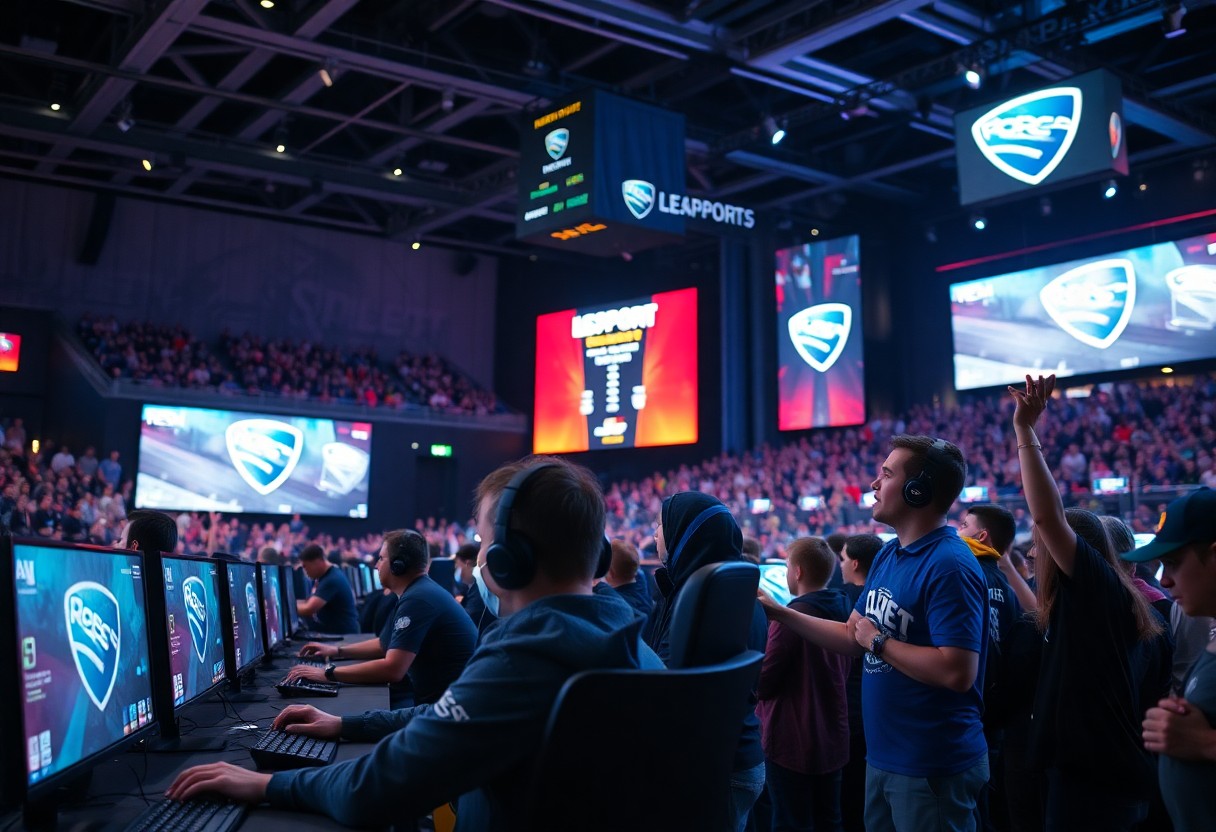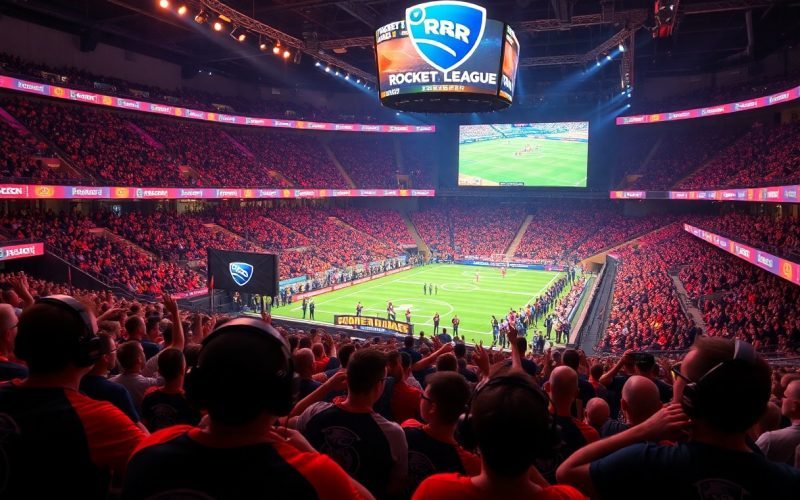There’s a significant shift in the gaming landscape, and as we approach 2025, the expenses associated with running an esports team, especially in a dynamic environment like Rocket League, are increasingly becoming a major consideration for team managers and owners. With its blend of vehicular mayhem and soccer-like strategy, Rocket League has emerged as a favorite among players and viewers alike, driving up costs for those in the competitive scene.
One of the primary financial commitments for any esports team is player salaries. As talent pools continue to grow and more players seek to compete at the highest levels, salaries are expected to trend upwards. In 2025, competitive players may command salaries starting at five figures monthly, especially for those in top-tier leagues and organizations. This change reflects not only the rising skill level of competitors but also the increasing visibility and sponsorship potential that being a part of a successful Rocket League team can provide.
Just as important is the cost of training and development. Teams must invest in coaching staff and training facilities to provide their players with the best possible environment to hone their skills. In 2025, it would not be uncommon for the costs associated with coaching, including salaries and resources such as software tools and analytics platforms, to reach a substantial sum. Furthermore, trips to tournaments are another financial responsibility. Travel, accommodation, and daily expenses for multiple players can quickly add up, especially when teams participate in events across various regions and continents.
Sponsorship deals can offset some of these costs, but they also come with their own set of challenges. Negotiating these partnerships is an art that requires time and resources. As more brands recognize the potential of esports, competition for sponsorships is stiffening, leading to a need for dedicated personnel focused solely on marketing and sponsorship acquisition. Developing a brand identity and active social media presence further costs money, as the need for creative content creators and social media managers grows in importance. This is an area where an investment can yield a significant return if executed correctly.
Teams also need to invest in high-quality equipment. Professional players require top-tier gaming rigs, peripherals, and internet setups, providing a need to ensure they have optimal performance during training and competition. In addition, continuous technological advancement in gaming hardware means that these investments may need to be frequent to stay competitive.
On top of talent recruitment and equipment costs, the very nature of esports means that there’s an expectation of growth and adaptability. This growth often necessitates additional investments in marketing, branding, and community engagement. Teams must engage with their fan base, maintaining an online presence and organizing community events to foster loyalty and encourage growth. These activities incur additional costs, but they are important for a team’s long-term viability in the ever-evolving esports landscape.
The actual cost of running a Rocket League team in 2025 will vary widely based on team ambitions, sponsorship success, and strategic execution. However, with the right approach and investment in multifaceted areas, teams can navigate these challenges and carve out their presence in the competitive esports arena.






